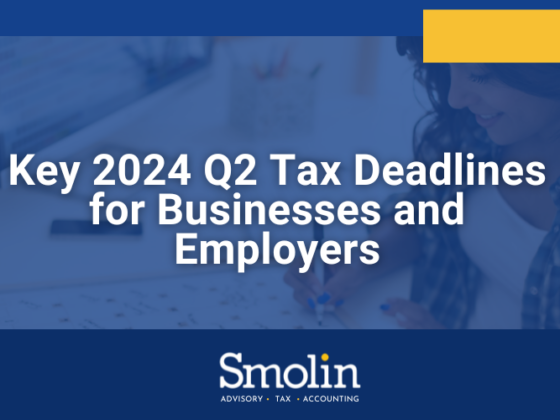Mind the GAAP!
Staff from the Securities and Exchange (SEC) commission expressed concerns at last November’s Financial Executives International’s Corporate Financial Reporting Insights Conference about the use of financial metrics that don’t conform to U.S. Generally Accepted Accounting Principles (GAAP).
According to Lindsay McCord, chief accountant of the SEC’s Division of Corporation Finance, many companies struggle to comply with the SEC’s guidelines on non-GAAP reporting.
Increasing concerns
The GAAP guidelines provide accountants with a foundation to record and summarize business transactions with honest, accurate, fair, and consistent financial reporting. Generally, private companies don’t have to follow GAAP, though many do. By contrast, public companies are required to follow GAAP by the SEC.
The use of non-GAAP measures has increased over time. When used to supplement GAAP performance measures, these unaudited figures do offer insight. However, they may also be used to artificially inflate a public company’s stock price and mislead investors. In particular, including unaudited performance figures—like earnings before interest, taxes, depreciation and amortization (EBITDA)—positions companies to cast themselves in a more favorable light.
Non-GAAP metrics may appear in the management, discussion, and analysis section of their financial statements, earnings releases, and investor presentations.
Typically, a company’s EBITDA is greater than its GAAP earnings since EBITDA is commonly adjusted for such items as:
- Stock-based compensation
- Nonrecurring items
- Intangibles
- Other company-specific items
Non-GAAP metrics or adjustments can also be selectively presented to give the impression of a stronger financial picture than that of audited financial statements. Companies may also fail to clearly label and describe non-GAAP measures or erroneously present non-GAAP metrics more prominently than GAAP numbers.
10 questions to ask
To help ensure transparent non-GAAP metric disclosures, the Center for Audit Quality (CAQ) recommends that companies ask these questions:
1. Would a reasonable investor be misled by the non-GAAP measure presented? What is its purpose?
2. Is the most comparable GAAP measure more prominent than the non-GAAP measure?
3. Are the non-GAAP measures presented as necessary and appropriate? Will they help investors understand performance?
4. Why has management chosen to incorporate a specific non-GAAP measure alongside well-established GAAP measures?
5. Is the company’s disclosure substantially detailed on the purpose and usefulness of non-GAAP measures for investors?
6. Does the disclosure adequately describe how the non-GAAP measure is calculated and reconcile items between the GAAP and non-GAAP measures?
7. How does management use the measure, and has that use been disclosed?
8. Is the non-GAAP measure clearly labeled as non-GAAP and sufficiently defined? Is there a possibility that it could be confused with a GAAP measure?
9. What are the tax implications of the non-GAAP measure? Does the calculation align with the tax consequences and the nature of the measure?
10. Do the company’s material agreements require compliance with a non-GAAP measure? If so, have those material agreements been disclosed?
The CAQ provides additional questions that address the consistency and comparability of non-GAAP metrics.
Questions? Smolin can help
Non-GAAP metrics do have positive potential. For example, when used appropriately, they can provide greater insight into the information that management considers important in running the business. To avoid misleading investors and lenders, though, care must be taken.
To discuss your company’s non-GAAP metrics and disclosures in more detail, contact your accountant.


